In an increasingly digital world, the way we learn and acquire skills is evolving at breakneck speed. Among the myriad methods available, online videos have emerged as a powerful tool for enhancing listening mastery – a critical skill in both academic and professional settings. These dynamic visual resources engage students in ways that traditional learning methods often cannot, offering a blend of visual and auditory stimulation that fosters deeper understanding and retention.
Table of Contents
- Unlocking Listening Mastery: How Online Videos Transform Student Skills
- Introduction: The Importance of Listening Skills in Education
- Understanding Listening Mastery: What Does It Mean?
- The Role of Online Videos in Modern Learning
- How Visual and Auditory Elements Enhance Comprehension
- Interactive Features: Engaging Students through Multimedia
- Case Studies: Successful Implementation of Online Videos in Classrooms
- Strategies for Selecting Effective Educational Videos
- Tips for Encouraging Active Listening while Watching Videos
- Assessing Listening Skills: Tools and Techniques
- The Impact of Online Videos on Diverse Learning Styles
- Overcoming Challenges: Addressing Distractions and Engagement Issues
- Combining Online Videos with Other Learning Resources
- Future Trends: The Evolution of Listening Skills Development
- Embracing Online Videos for Listening Mastery
- Additional Resources: Recommended Videos and Platforms for Students
- Final Thoughts
Unlocking Listening Mastery: How Online Videos Transform Student Skills
From interactive lectures to immersive storytelling, online videos break down complex concepts into digestible segments, making learning more accessible and enjoyable. In this blog post, we will explore the transformative impact of online videos on student listening skills, uncovering practical strategies and real-life examples of how this engaging medium can unlock a new level of comprehension and communication in learners of all ages.
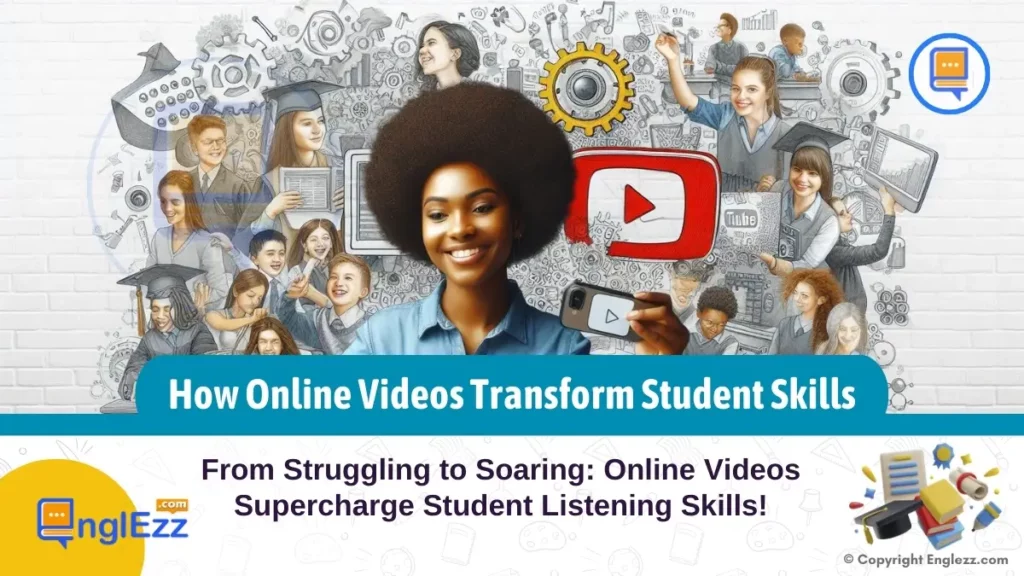
Join us as we delve into the art of listening and discover how to harness the power of online video to elevate your educational journey.
Introduction: The Importance of Listening Skills in Education
In today’s fast-paced, information-saturated world, the ability to listen effectively is more crucial than ever, particularly in the realm of education. Listening skills form the foundation of successful communication, underpinning both academic and personal growth. For students, these skills are essential not only for understanding lectures and class discussions but also for collaborating with peers and absorbing complex material. As educators increasingly seek innovative methods to enhance their teaching strategies, the integration of online videos has emerged as a transformative tool for developing listening proficiency.
Online videos capture attention in ways traditional methods often cannot. They engage students visually and audibly, creating a dynamic learning experience that stimulates multiple senses. This multi-modal approach helps students focus, retain information better, and practice active listening – where they engage with the content rather than passively absorbing it. Moreover, the diverse range of available video formats, from documentaries and tutorials to interactive webinars and animated explanations, caters to various learning styles, ensuring that all students can benefit.
As we delve deeper into the ways online videos can enhance listening skills, it’s important to recognize that effective listening goes beyond merely hearing words; it involves interpretation, critical thinking, and the ability to respond thoughtfully. By harnessing the power of online video content, educators can create rich, engaging environments that not only teach students how to listen more effectively but also empower them to become proactive participants in their own learning journeys. Join us as we explore the impact of online videos on listening mastery and uncover practical strategies for integrating this powerful resource into educational curricula.
Understanding Listening Mastery: What Does It Mean?
Listening mastery is more than just hearing words; it is the ability to fully comprehend, interpret, and respond to spoken language in a meaningful way. In an increasingly connected world, where communication occurs across diverse platforms and cultures, being an effective listener is a vital skill that enhances academic performance and enriches personal interactions. But what does listening mastery truly entail?
At its core, listening mastery involves several key components: active engagement, critical thinking, and empathetic understanding. Active engagement means immersing oneself in the audio content, focusing not just on the words but also on the tone, inflection, and context. This requires learners to eliminate distractions and cultivate a mindset geared towards understanding.
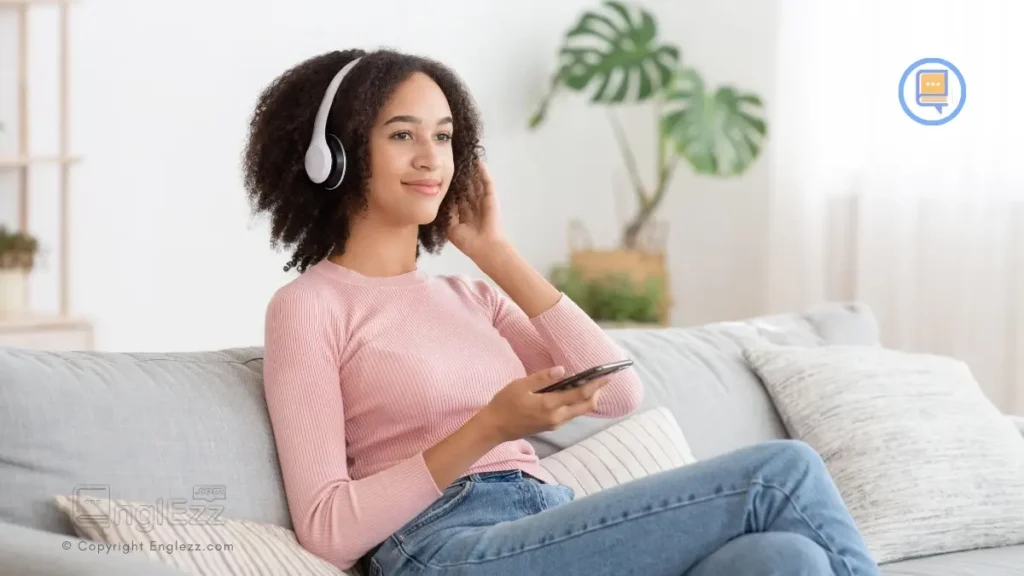
Critical thinking comes into play as students must analyze and evaluate the information presented, discerning key points and identifying underlying themes. This means asking questions, making inferences, and connecting new information to existing knowledge, thereby deepening comprehension and retention.
Empathetic understanding elevates listening mastery to a higher level, allowing learners to appreciate diverse perspectives. This involves tuning in to the emotions behind the words, recognizing the speaker’s intent, and responding appropriately. By fostering an environment where empathy thrives, students become more adept at navigating complex conversations, whether in the classroom or beyond.
Online videos serve as powerful tools in developing these skills. They provide rich auditory and visual stimuli, allowing students to practice listening in a variety of contexts – from lectures and discussions to interviews and narratives. With the ability to pause, rewind, and reflect, learners can hone their listening skills at their own pace, making the journey toward mastery both engaging and effective. Ultimately, understanding what listening mastery means is the first step in unlocking its potential, paving the way for students to become not only better listeners but also more effective communicators.
The Role of Online Videos in Modern Learning
In the ever-evolving landscape of education, online videos have emerged as a powerful tool that is redefining the way students learn and engage with content. Unlike traditional methods that often rely heavily on textbooks and lectures, online videos offer a dynamic and interactive learning experience that caters to various learning styles.
Imagine a classroom where complex concepts come to life through vibrant visuals and engaging narratives—this is the potential of online videos. They break down intricate subjects into bite-sized, digestible segments, allowing students to grasp difficult material at their own pace. For instance, a student struggling with the nuances of algebra can find a plethora of video tutorials that present the information in a way that resonates with them, whether through animations, real-world applications, or step-by-step demonstrations.
Moreover, online videos bring a level of accessibility that traditional classrooms often lack. Students can revisit content as many times as needed, reinforcing their understanding and retention of the material. This flexibility is particularly beneficial for auditory and visual learners, who may find it easier to absorb information through sight and sound rather than text alone.
Additionally, the vast array of resources available online means that students can explore topics beyond their curriculum, fostering a sense of curiosity and encouraging lifelong learning. Educational platforms like YouTube, Khan Academy, and various MOOCs (Massive Open Online Courses) provide rich libraries of content, enabling students to unlock new skills and knowledge at their fingertips.
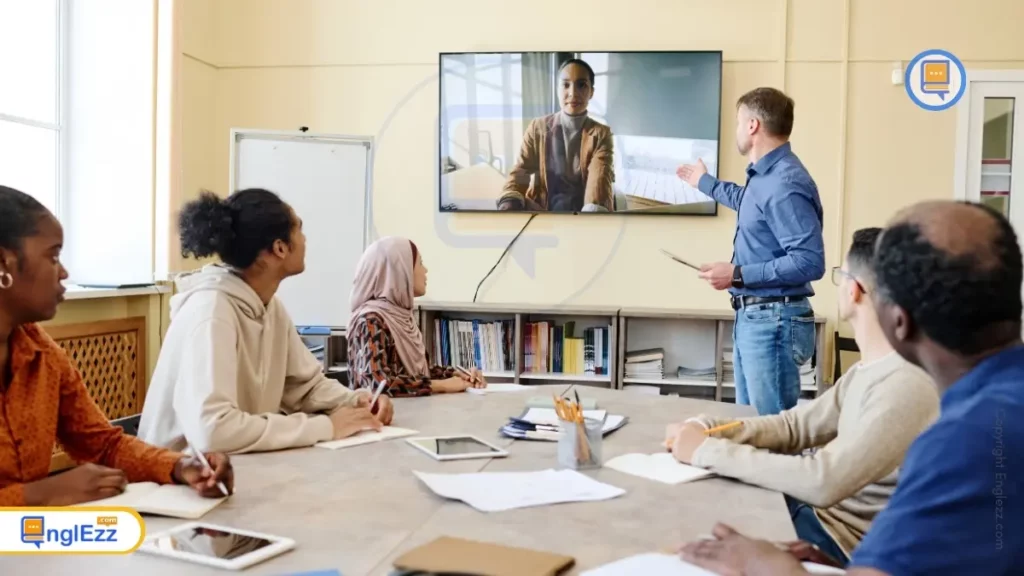
In the context of listening mastery, online videos are invaluable. They expose students to diverse accents, speech patterns, and contexts, enhancing their comprehension and critical listening skills. By engaging with videos that feature real conversations, interviews, and discussions, students can practice and refine their listening abilities in ways that static reading materials simply cannot replicate.
As education continues to embrace technology, the role of online videos in modern learning becomes increasingly vital. They not only enhance the educational experience but also empower students to take charge of their learning journeys, paving the way for a generation that is equipped with the skills and confidence to thrive in an ever-changing world.
How Visual and Auditory Elements Enhance Comprehension
In the realm of learning, the integration of visual and auditory elements in online videos plays a pivotal role in enhancing student comprehension. Our brains are wired to process information more effectively when it is presented in multiple formats. This dual-channel approach not only caters to different learning styles but also stimulates cognitive engagement, making the learning experience richer and more impactful.
Visual elements, such as graphics, animations, and on-screen text, provide context and make abstract concepts more tangible. For instance, when a student watches a video explaining the water cycle, accompanying visuals like diagrams and animated sequences illustrating evaporation and condensation can clarify the process far more effectively than words alone. These visuals serve as mental anchors, helping learners to visualize and retain information.
On the auditory side, the importance of sound cannot be overstated. The narrated explanations, tone of voice, and background music can evoke emotions and set the pace for learning. A passionate speaker can ignite enthusiasm, while well-chosen background music can enhance focus, making the content more engaging. Moreover, auditory cues such as sound effects or changes in tone can highlight key points, signaling to students when to pay extra attention.
Together, these elements create a multisensory experience that not only aids memory retention but also fosters a deeper understanding of the subject matter. This combination allows students to connect the dots between information, encouraging critical thinking and promoting a more profound mastery of the material. In a world where information is abundant yet attention spans are fleeting, harnessing the power of visual and auditory elements in online videos is essential for unlocking the full potential of student learning.
Interactive Features: Engaging Students through Multimedia
In the modern educational landscape, interactive features in online videos have emerged as transformative tools that significantly enhance student engagement and learning outcomes. Gone are the days of passive video consumption; today’s multimedia content is designed to captivate students and encourage active participation.
Imagine a classroom where students are not merely spectators but active participants in their learning journey. Interactive videos often incorporate quizzes, polls, and clickable elements that allow students to test their understanding in real-time. These features foster a sense of immediacy and relevance, prompting learners to think critically and apply knowledge as they progress through the material. The immediate feedback provided by quizzes not only reinforces learning but also identifies areas where students may need additional support – creating a personalized learning experience that traditional methods often lack.
Furthermore, the use of multimedia elements – such as animations, infographics, and real-world scenarios – adds a layer of dynamism that keeps students invested. For instance, a history lesson transformed into an interactive timeline allows students to explore events at their own pace, deepening their understanding and retention of the subject matter. Similarly, incorporating video clips that showcase real-life applications of theoretical concepts can spark curiosity and inspire students to delve deeper into the subject.
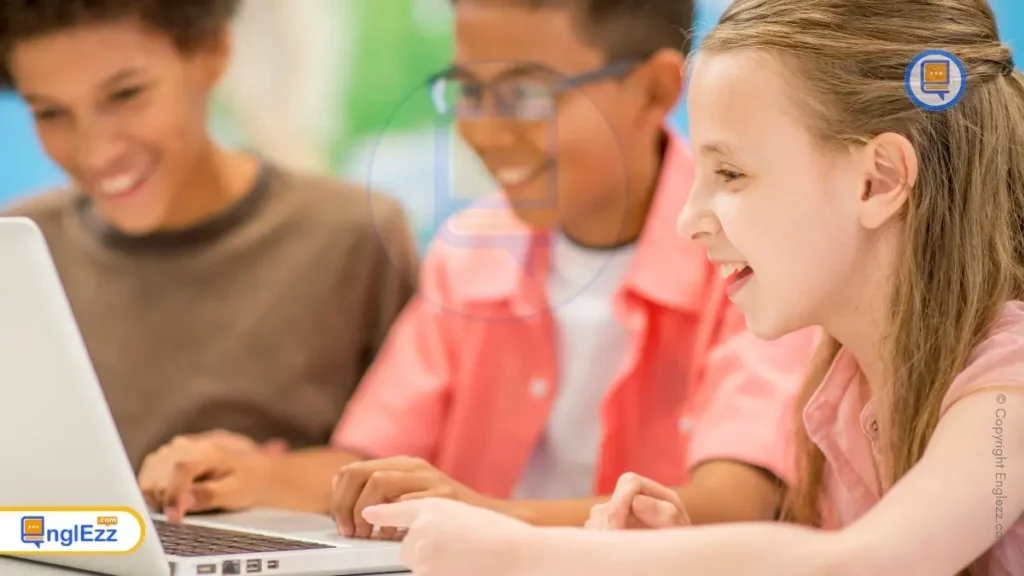
The social aspect of interactive videos cannot be overlooked either. Many platforms allow for discussions and comments, enabling students to share their thoughts, ask questions, and collaborate with peers. This communal learning environment not only bolsters understanding but also fosters a sense of belonging and support among students.
In essence, the integration of interactive features in online videos doesn’t just make learning more engaging – it transforms it into an immersive experience that cultivates critical thinking, collaboration, and a deeper connection to the material. As educators and content creators harness the power of multimedia, they unlock new pathways for student mastery, setting the stage for a more dynamic and effective learning environment.
Case Studies: Successful Implementation of Online Videos in Classrooms
In the realm of education, case studies serve as powerful testament to the transformative impact of online videos in classrooms. Across diverse educational settings, from bustling urban schools to quiet rural districts, educators have harnessed the potential of video content to elevate student engagement and enhance learning outcomes.
One notable example comes from a middle school in Chicago, where teachers incorporated online science videos into their curriculum. By blending traditional lectures with visually rich multimedia resources, students found themselves more captivated and motivated to explore complex scientific concepts. The interactive nature of the videos encouraged them to ask questions and participate actively in discussions, leading to a marked increase in classroom participation and collaboration.
In another instance, a high school in rural Texas faced challenges in teaching advanced mathematics. To bridge the gap, educators utilized online video tutorials that students could access at their own pace. This allowed learners to revisit challenging topics outside of class time, fostering a deeper understanding and mastery of the material. The results were astounding: not only did test scores improve, but students also reported feeling more confident in their abilities, ultimately leading to a noticeable boost in overall morale.
Furthermore, a language arts teacher in a suburban California school adopted video storytelling as a tool for enhancing writing skills. By analyzing well-crafted video narratives, students learned the nuances of character development, plot structure, and thematic depth. This exposure inspired them to produce their own video projects, integrating their creative writing skills with modern technology. The outcome was a vibrant classroom culture that celebrated creativity and nurtured a love for storytelling.
These case studies illustrate that the strategic implementation of online videos in classrooms does more than just supplement traditional teaching methods; it creates an immersive learning experience that resonates with students on multiple levels. By tapping into the power of visual storytelling and interactive content, educators can unlock the potential of each student, fostering a love of learning that extends far beyond the classroom walls.
Strategies for Selecting Effective Educational Videos
Selecting effective educational videos is crucial for maximizing the impact of your learning experience. With a vast array of content available at our fingertips, it’s essential to develop strategies that ensure you choose videos that truly enhance your understanding and engagement. Here are some key considerations to guide your selection process.
1. Align with Learning Objectives:
Start by clarifying the specific skills or concepts you want to address. Look for videos that directly align with your learning goals. Whether you’re aiming to grasp foundational theories or advanced techniques, ensuring that the content is relevant will streamline your study process.
2. Assess the Credibility of Sources:
In an age where anyone can create content, it’s vital to evaluate the credibility of the video creators. Look for videos produced by reputable educational institutions, experienced educators, or industry professionals. Reviews and ratings can also provide insights into the reliability and quality of the material.
3. Check for Engagement and Clarity:
An effective educational video should captivate your attention while clearly conveying information. Pay attention to the presentation style—look for videos that employ engaging visuals, animations, and a clear narrative. A well-structured video, with a logical flow of ideas, will facilitate better comprehension and retention.
4. Duration Matters:
Consider the length of the video in relation to the complexity of the topic. While shorter videos can be great for quick overviews, longer videos may offer in-depth exploration of a subject. Strike a balance that keeps you engaged without overwhelming you with information.
5. Read Comments and Reviews:
Engaging with the community can provide valuable perspectives. Reading comments and reviews can help you gauge how other viewers have benefited from the video. Look for feedback that highlights the effectiveness of the content in improving understanding and skills.
6. Explore Multiple Formats:
Different learners have varying preferences when it comes to content delivery. Some may prefer lectures, while others learn better through demonstrations or interactive tutorials. Explore a range of formats to find what resonates best with you, ensuring a diverse learning experience.
7. Test and Reflect:
After selecting a video, take the time to reflect on its effectiveness. Did it meet your expectations? Did it enhance your understanding of the topic? By regularly assessing the impact of the videos you choose, you can refine your selection process over time, ultimately leading to more effective learning experiences.
Incorporating these strategies into your video selection process will empower you to unlock the full potential of online educational content, transforming your skills and enhancing your overall learning journey.
Tips for Encouraging Active Listening while Watching Videos
Active listening is a crucial skill that can significantly enhance the learning experience, especially when it comes to online videos. Here are some effective tips to encourage students to engage actively while watching educational content:
- Set Clear Objectives: Before diving into a video, provide students with specific learning objectives. This gives them a roadmap of what to focus on and enhances their ability to filter information. When they know what to look for, they’re more likely to absorb key concepts.
- Incorporate Note-taking: Encourage students to take notes as they watch. This can be done either on paper or digitally. By jotting down important points, questions, or thoughts, they engage more deeply with the content. Consider providing a structured note-taking template to guide their focus.
- Pause for Reflection: Recommend that students pause the video at strategic points to reflect on what they’ve just learned. This brief moment allows them to process the information and internalize key concepts, making the learning experience more meaningful.
- Promote Discussion: Create opportunities for students to discuss the video content with peers or instructors after viewing. This could be through online forums, group chats, or in-class discussions. Sharing insights and asking questions fosters a community of learning and reinforces retention.
- Use Interactive Elements: Incorporate quizzes, polls, or interactive discussions within the video platform. Tools like embedded questions or prompts during the video can keep students engaged and encourage them to think critically about the material.
- Provide Context: Before watching the video, provide background information or context about the topic. This prepares students for what they are about to watch and helps them connect the dots between new information and prior knowledge.
- Encourage Personal Connections: Ask students to relate the video content to their own experiences or interests. When they make personal connections, it enhances their engagement and makes the information more relevant and memorable.
By implementing these tips, educators can transform passive video viewing into an active, enriching experience that not only enhances listening skills but also deepens understanding and retention of knowledge. Engaging with online videos actively helps students become better listeners and learners, setting them up for success in their educational journeys.
Assessing Listening Skills: Tools and Techniques
In the quest for mastering listening skills, assessing progress is a crucial step that often goes overlooked. Fortunately, a plethora of tools and techniques are available to educators and students alike, each designed to evaluate and enhance listening comprehension in meaningful ways.
One of the most effective methods is through the use of online video platforms, which offer a diverse range of content—from educational lectures to real-world conversations. These videos can serve as both a teaching tool and an assessment resource. For instance, educators can curate video clips that align with specific listening objectives and create comprehension quizzes that follow. By asking targeted questions about the video content, instructors can gauge a student’s understanding and ability to synthesize information.
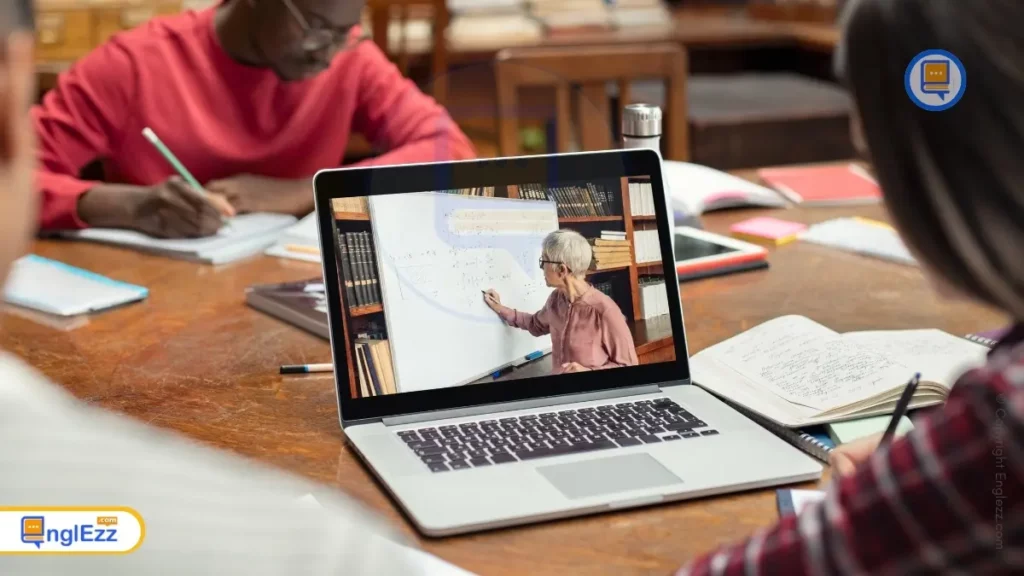
In addition to quizzes, interactive discussions can be an invaluable assessment technique. After watching a video, students can engage in group discussions or classroom debates that encourage them to articulate their thoughts and insights. This not only reinforces their understanding but also provides educators with a window into each student’s listening capabilities and critical thinking skills.
Another innovative approach is utilizing speech recognition tools and apps designed to analyze listening and speaking abilities. These technologies can provide instant feedback on pronunciation, fluency, and comprehension, making the assessment process more dynamic and engaging for students.
Furthermore, self-assessment checklists empower students to take ownership of their learning. By reflecting on their listening experiences and identifying areas for improvement, learners can set personal goals and actively work towards enhancing their skills.
Ultimately, assessing listening skills through these varied tools and techniques not only tracks student progress but also enriches the learning experience. When students receive constructive feedback and opportunities for reflection, they are more likely to engage deeply with the material, paving the way for mastery in listening and beyond.
The Impact of Online Videos on Diverse Learning Styles
In the realm of education, one size does not fit all, and this truth is beautifully embodied in the diverse learning styles of students. Online videos have emerged as a transformative tool that caters to these varying preferences, making learning more accessible and engaging.
Visual learners, for instance, thrive on graphical representations and dynamic imagery. Online videos provide a rich tapestry of visual content, from animations that illustrate complex concepts to real-life demonstrations that bring theories to life. This visual stimulation not only captures their attention but also enhances retention, as students can see the principles in action.

Auditory learners, on the other hand, benefit from the spoken word. Online videos often include narration that explains content clearly and engagingly. The combination of sound and visuals can reinforce understanding, allowing students to connect with material on a deeper level. For those who prefer to learn through dialogue, videos can also feature discussions, interviews, and debates, making the learning experience more interactive and relatable.
Kinesthetic learners, who grasp concepts best through hands-on activities, find much to appreciate in online videos as well. Many educational videos encourage viewers to participate actively—whether through guided exercises, tutorials on practical skills, or virtual experiments. This engagement allows kinesthetic learners to apply what they’ve seen in a tangible way, fostering a more profound comprehension of the material.
Moreover, online videos can be paused, replayed, and shared, granting students the control to learn at their own pace. This flexibility is particularly beneficial for those who may need extra time to absorb information or who wish to revisit complex topics. The ability to learn according to their individual rhythm empowers students and creates a more personalized learning experience.
In summary, the impact of online videos on diverse learning styles cannot be overstated. By embracing this versatile medium, educators can create an inclusive environment that caters to the unique needs of every learner, ultimately enhancing comprehension and fostering a love for lifelong learning.
Overcoming Challenges: Addressing Distractions and Engagement Issues
In the digital age, where countless distractions vie for students’ attention, fostering a focused learning environment can be a daunting task. Online videos, while an invaluable resource for enhancing listening skills, can sometimes exacerbate these challenges. As students navigate through a barrage of notifications, social media temptations, and a multitude of streaming platforms, maintaining engagement during instructional videos becomes critical.
To combat these distractions, it’s essential to create an interactive viewing experience. Incorporating quizzes and polls within the video can effectively hold students’ attention and encourage active participation. By transforming passive viewing into an engaging activity, students are more likely to stay focused and absorb the material.
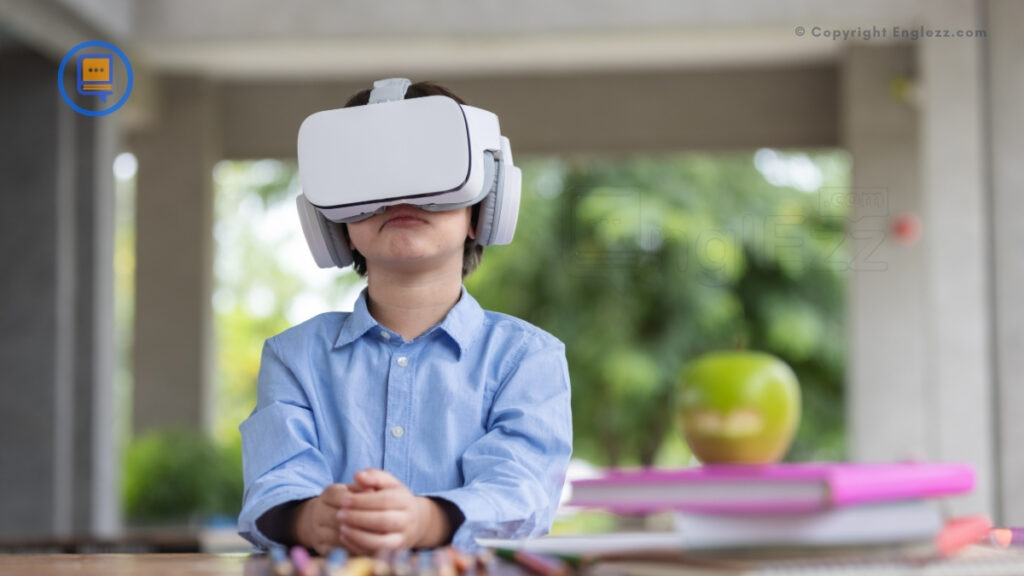
Additionally, setting clear expectations prior to the viewing can help mitigate distractions. Briefly outlining the video’s objectives and what students should be looking for can create a sense of purpose and urgency. Encouraging students to take notes or jot down questions while watching can also keep their minds active and tuned into the content.
Another strategy is to break longer videos into shorter, more digestible segments. Research shows that attention spans tend to wane after 10 to 15 minutes; therefore, segmenting content allows for periodic breaks and reflections, enhancing retention and comprehension.
Finally, fostering a supportive community where students can discuss their thoughts after watching the video can further boost engagement. Whether through online discussion boards or in-class reflections, sharing insights not only reinforces learning but also encourages accountability among peers.
By proactively addressing these distractions and engagement issues, educators can harness the full potential of online videos, paving the way for improved listening skills and a more enriching learning experience.
Combining Online Videos with Other Learning Resources
Combining online videos with other learning resources creates a rich, multifaceted educational experience that caters to diverse learning styles and preferences. While videos provide dynamic visual and auditory stimulation, incorporating supplementary materials such as articles, textbooks, interactive quizzes, and discussion forums can reinforce and deepen understanding.
Imagine a student embarking on a new topic through an engaging video that breaks down complex concepts with animations and real-world examples. Following the video, the student can delve into a curated selection of articles that provide additional context, offering varying perspectives and insights. This dual approach not only caters to visual and auditory learners but also engages those who thrive on reading and written content.
Moreover, integrating online videos with interactive resources such as quizzes or flashcards enhances retention. After watching a video on the fundamentals of algebra, for instance, students can immediately test their understanding through online quizzes that challenge them to apply what they’ve learned. This immediate reinforcement helps solidify knowledge, making it less likely to fade from memory.
Discussion forums also play a crucial role in this synergistic approach. After engaging with a video, students can participate in discussions with peers and instructors, sharing insights and asking questions. This collaborative environment fosters deeper comprehension and encourages critical thinking, as students are exposed to different viewpoints and interpretations of the material.
In essence, the combination of online videos with other learning resources transforms traditional education into an interactive journey. It not only makes learning more engaging and enjoyable but also equips students with the tools they need to master complex skills and concepts effectively. By embracing this holistic approach, educators can unlock the full potential of their students, preparing them for success in an increasingly digital world.
Future Trends: The Evolution of Listening Skills Development
As we look towards the future, the landscape of listening skills development is poised for significant transformation, driven largely by advancements in technology and shifts in educational methodologies. The integration of online videos into learning environments is just the beginning. Emerging trends indicate that we are entering an era where personalized and interactive listening experiences will become the norm.
One notable trend is the rise of artificial intelligence (AI) and machine learning in educational tools. These technologies can analyze individual student performances, tailoring content to address specific listening challenges. Imagine an AI-driven platform that provides real-time feedback on a student’s comprehension during video lessons, offering suggestions for improvement and recommending targeted practice exercises based on their unique needs.
Moreover, the proliferation of virtual and augmented reality (VR and AR) in education will provide immersive listening experiences that were once unimaginable. Students could find themselves in a simulated environment, such as a bustling marketplace or a serene forest, where they must listen for specific cues or conversations. This type of contextual learning not only enhances engagement but also helps students develop their listening skills in a more dynamic setting.
Additionally, the growing trend of collaborative learning through online platforms encourages peer-to-peer interactions. Students can engage in discussions around video content, practicing their listening skills while also gaining diverse perspectives. These collaborative environments foster a sense of community and enhance the learning experience, making it more enjoyable and effective.
As we embrace these future trends, it becomes clear that the evolution of listening skills development will be characterized by a blend of technology, interactivity, and personalization. By unlocking the potential of online videos and leveraging these innovative approaches, educators can provide students with the tools they need to become skilled listeners, adept at navigating the complexities of communication in an increasingly interconnected world. Through this evolution, we set the stage for a generation of learners who are not only proficient in listening but are also equipped to thrive in their personal and professional lives.
Embracing Online Videos for Listening Mastery
In conclusion, the integration of online videos into educational strategies marks a significant turning point in how students approach listening skills. As we have explored throughout this blog, the diverse formats and engaging content available in video resources provide an unparalleled opportunity for learners to immerse themselves in authentic language use, cultural contexts, and varied accents. By embracing the dynamic nature of online videos, educators and students alike can harness the power of visual and auditory stimuli to enhance comprehension and retention.
Moreover, the flexibility of online videos allows for personalized learning experiences, enabling students to progress at their own pace, revisit challenging concepts, and reinforce their understanding through repetition. This tailored approach not only builds confidence but also fosters a deeper connection to the material, transforming passive consumption into active learning.
As we move forward into an increasingly digital world, it is essential for educators to adopt innovative tools like online videos to cater to a diverse range of learning styles. By doing so, we unlock the potential for improved listening mastery, laying a strong foundation for effective communication and critical thinking skills that students will carry with them throughout their academic and professional journeys. Embrace the change, leverage the resources available, and watch as your students thrive in their listening capabilities, ready to engage with the world around them with newfound confidence and competence.
Additional Resources: Recommended Videos and Platforms for Students
In the pursuit of listening mastery, leveraging a variety of additional resources can greatly enhance students’ skills and comprehension. Recommended videos and platforms serve as invaluable tools that not only supplement classroom learning but also provide engaging content tailored to different learning styles.
One excellent resource is YouTube, where channels dedicated to language learning, such as English with Lucy or BBC Learning English, offer a wealth of videos focused on listening exercises, pronunciation, and real-world conversations. These channels often break down complex topics into digestible segments, making it easier for students to follow along and grasp the nuances of spoken language.
For those looking for more structured courses, platforms like Coursera and edX provide comprehensive listening modules that include video lectures from renowned universities and experts. These courses often include interactive elements, allowing students to practice their skills through quizzes and peer discussions, making learning dynamic and engaging.
Furthermore, TED Talks are a fantastic resource for advanced listeners. The diverse range of topics not only enriches vocabulary but also exposes students to various accents and speaking styles. Each talk comes with subtitles and transcripts, enabling students to follow along and revisit challenging sections.
Lastly, consider podcasting platforms like Spotify or Apple Podcasts, where students can immerse themselves in conversational English through shows designed for learners. Programs like ESL Pod or The English We Speak provide bite-sized content that can be easily integrated into daily routines, allowing for consistent practice.
By exploring these recommended videos and platforms, students can cultivate their listening skills in an enjoyable and effective manner, paving the way for greater confidence and proficiency in their language journey.
Final Thoughts
The journey to mastering listening skills is more accessible than ever, thanks to the innovative power of online videos. As we’ve explored throughout this blog post, these dynamic resources not only engage students in a captivating way but also provide diverse contexts and real-world applications that enhance comprehension and retention.
By incorporating video into listening practice, educators can unlock a deeper level of understanding and connection for their students. We encourage you to embrace this transformative medium and witness firsthand how it can elevate your teaching methods and empower your students to become proficient listeners.
Let’s harness the potential of online videos to create engaging, effective learning experiences that resonate long after the screen goes dark!

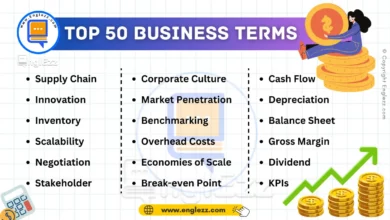
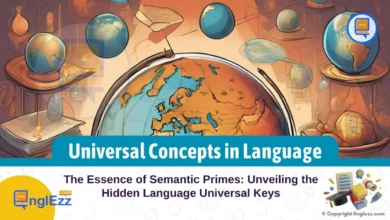
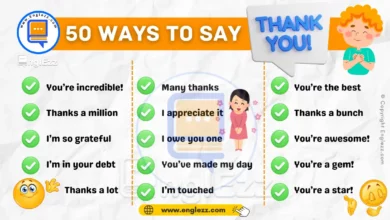
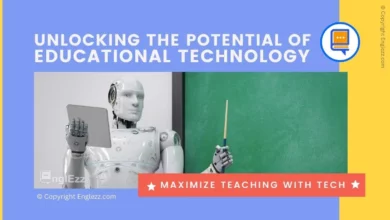

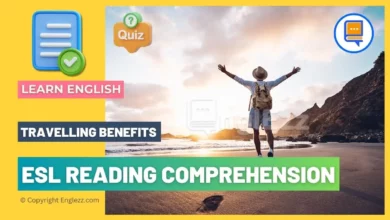
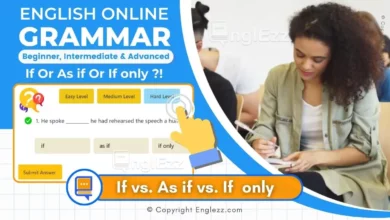

How Online Videos Transform Student Skills! Dive into a new era of learning that enhances listening mastery and drives student achievement. Explore now!